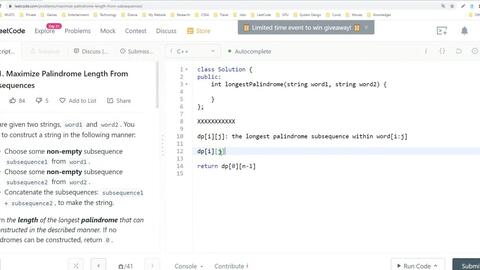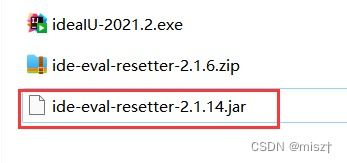Understanding the Basics of Placing Ads on Your Website

Are you looking to monetize your website or increase brand visibility? Placing ads on your site can be a great way to achieve these goals. But before you dive in, it’s important to understand the basics and the various options available.
Choosing the Right Ad Network

There are numerous ad networks to choose from, each with its own set of features and benefits. Some of the most popular ad networks include Google AdSense, Media.net, and AdThrive. Here’s a brief overview of each:
| Ad Network | Key Features | Best For |
|---|---|---|
| Google AdSense | Easy to set up, wide range of ad formats, high-paying advertisers | Beginners and websites with moderate traffic |
| Media.net | Competitive CPM rates, flexible ad formats, global reach | Medium to high-traffic websites |
| AdThrive | High CPM rates, dedicated account manager, exclusive ad formats | High-traffic websites with a focus on monetization |
Optimizing Your Ad Placement

Once you’ve chosen an ad network, it’s time to think about where to place your ads. Here are some tips for optimizing your ad placement:
-
Top of the page: Placing ads at the top of your page can help capture the attention of visitors right away.
-
Sidebars: Sidebars are a great way to display ads without interrupting the user experience.
-
Below the fold: Ads placed below the fold can still be effective, as long as they are visible when the user scrolls down.
-
Footer: The footer is a less intrusive place to display ads, but it can still be effective for brand visibility.
Choosing the Right Ad Formats
There are several ad formats to choose from, each with its own advantages and disadvantages. Here are some of the most popular ad formats:
-
Banner ads: These are the most common ad format and come in various sizes, such as 728×90, 300×250, and 160×600.
-
Interstitial ads: These full-screen ads can be effective for capturing attention, but they can also be intrusive.
-
Native ads: These ads blend in with the content on your site, providing a more seamless user experience.
-
Video ads: Video ads can be a great way to engage users, but they can also be more expensive to produce.
Setting Your Ad Sizes and Dimensions
When choosing ad sizes and dimensions, it’s important to consider the ad formats you’ve selected and the design of your website. Here are some common ad sizes:
-
728×90: Leaderboard
-
300×250: Medium Rectangle
-
160×600: Wide Skyscraper
-
300×600: Half Page
Monitoring and Analyzing Your Ad Performance
Once your ads are live, it’s important to monitor their performance and make adjustments as needed. Here are some key metrics to track:
-
Click-through rate (CTR): This measures the percentage of users who clicked on your ad.
-
Cost per click (CPC): This measures the amount of money you pay for each click on your ad.
-
Conversion rate: This measures the percentage of users who completed a desired action, such as making a purchase or signing up for a newsletter.
Conclusion
Placing ads on your website can be a great way to monetize your content and increase brand visibility. By choosing
